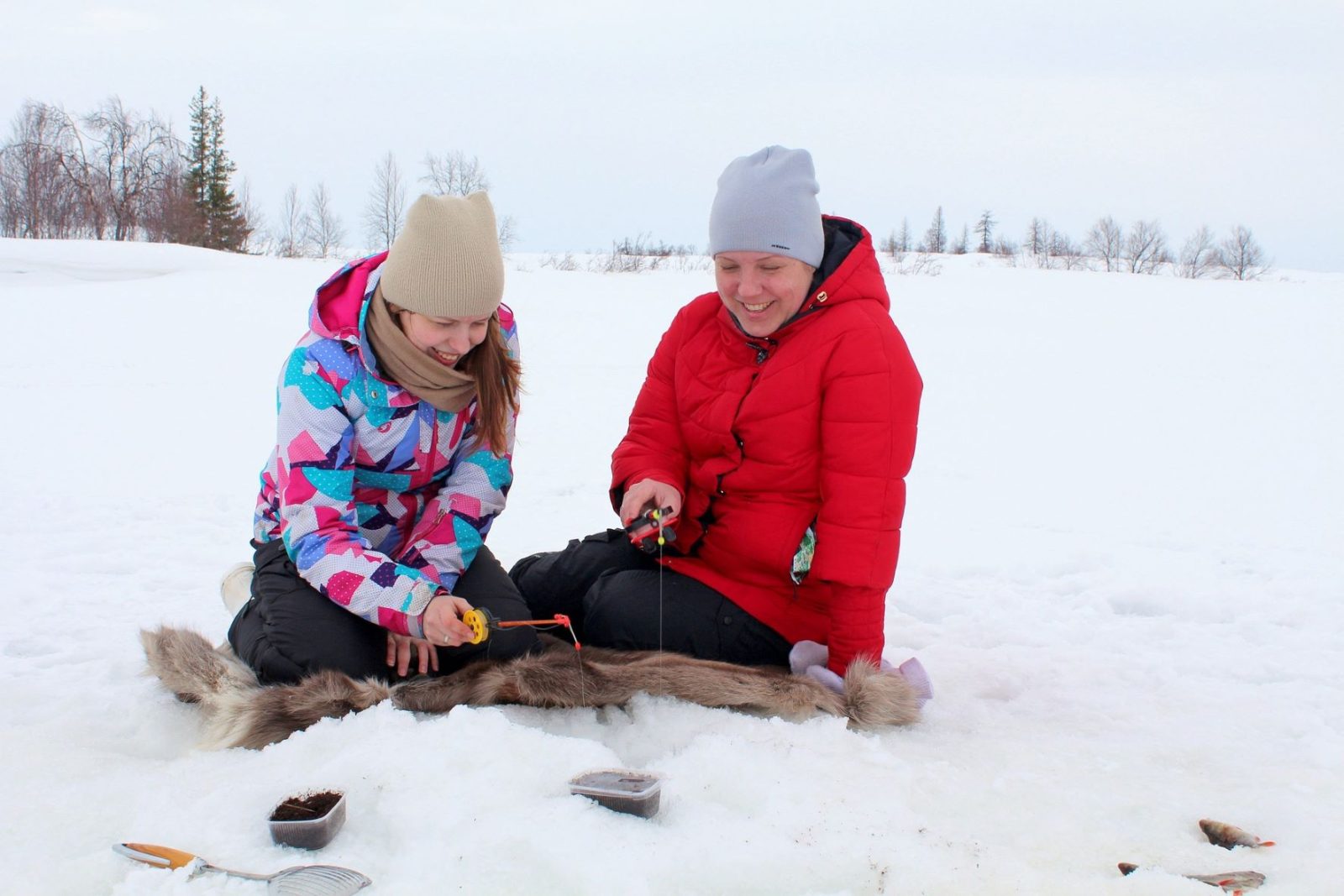A minimum of 10 centimetres of ice is necessary for ice fishing, walking, or skiing while 12 centimetres is required for a snowmobile or ATV, 20 to 30 centimetres for a small motor vehicle and 30 to 40 centimetres for a medium-sized truck.
Many factors can affect the thickness of ice surfaces, including the type, depth, and size of the body of water, local currents, the presence of any chemicals in the water, fluctuations in water levels, air temperature, shock waves from vehicles travelling on ice, and any logs, rocks or docks located along the shore that may be absorbing heat from the sun.
The colour of ice is an indication of its strength. Clear blue ice is strongest. White opaque ice is half as strong as blue ice. It is formed by wet snow freezing on the ice. Grey ice is unsafe as it indicates the presence of water in the ice.
If alone and in trouble on ice, the first thing a person should do is call for help. The Red Cross recommends to resist the urge to try to climb back onto the ice where a person fell in as the ice is weaker in this area. Instead, relax and try to re-enter the ice closer to shore where the ice is more stable.
When a person who has fallen through the ice is able to get out, they should crawl back onto the ice, and then continue to crawl, with the stomach on the surface of the ice, towards the shore. Do not stand up. Staying flat on the ice and crawling helps to keep a person’s weight distributed evenly.
When trying to rescue someone who has gone through the ice, the safest way to do so is from the shore. Call for help first, and then determine if trained professionals will be able to arrive soon.
Check if it is possible to reach the person using a long pole or branch. If possible, lie down and extend the pole to the person. If it may be necessary to go on to the ice, wear a personal floatation device and carry a long pole or branch. When near the break, get down flat on the ice to distribute weight evenly and crawl towards the hole. Tell the person to kick up as pulled out of the water.
When the person rescued is brought back safe to the shore, call for help.
For more information on winter safety on the ice go to https://www.redcross.ca/training-and-certification/swimming-and-water-safety-tips-and-resources/swimming-boating-and-water-safety-tips/ice-safety#:~:text=If%20you%20go%20onto%20ice,slowly%20crawl%20toward%20the%20hole.



